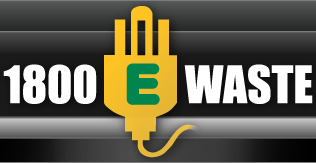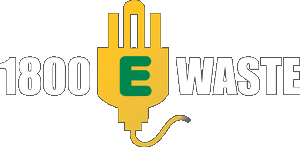There are still a number of older laptop models that use rechargeable nickel-cadmium batteries (NiCa) which is said to have cadmium, a hazardous element. On the other hand, newer laptop models use newer battery types (lithium ion and nickel-metal hydride) which, fortunately, are not as hazardous.
Out of all the batteries, those which are based on lead and cadmium pose the biggest environmental concerns. As a result, Europe decided to ban nickel-cadmium in 2009. While several attempts have also been made to ban the use of lead-based battery, it was learned that no suitable replacement is available just yet. However, nickel-cadmium battery is now being substituted with nickel-metal hydride while lithium-ion is the latest battery type that was added and classified as pollutant.
Old Laptop Battery Ewaste Removal
When you throw away an old laptop battery, it is highly likely that the battery would end up in a landfill. Apart from cadmium and lead, batteries also have mercury which also poses harm to the environment. All of these harmful substances can enter the food chain and bring adverse effects on humans, animals and plants. Whether your council has battery disposal rules and regulations or not, you can do your own small way of saving the environment by turning over your old laptop battery for recycling.
Recycling Laptop Batteries
Most laptop batteries that are capable for recycling are deemed as the rechargeable type. Sometimes, rechargeable batteries in laptops are also called “dry cell batteries.” Some of these rechargeable batteries that can be recycled belong to a certain chemistry that include lithium-ion (Li-ion), nickel metal hydride (Ni-MH) and nickel cadmium (Ni-Cd). The latter element, cadmium, is deemed as toxic and poisonous, which makes recycling such battery type an important option.
Batteries that cannot be recycled are identified as alkaline. These batteries are said to contain reusable materials such as manganese and zinc although their retrieval may not be as reliable as expected.
What happens in the recycling process?
Battery recycling begins at chemistries where batteries are sorted. These batteries such as lithium ion, nickel metal hydride, nickel cadmium and lead acid are placed into specific and labeled drums, boxes or sacks. It is believed that battery recycling can be profitable if there is a steady sorting of batteries available by way of chemistry.
First, combustible materials in a battery such as insulation and plastics are removed using a thermal oxidizer that is fired by gas.
Next, the battery cells are chopped into small pieces and then heated up to the point that the metal turns into liquid.
Battery as Ewaste
For a hassle-free and safer way to dispose your old laptop battery, you can call 1800Ewaste to take care of your ewaste disposal needs. Just dial 1800 392 783 and we will be right at your door to collect your ewaste. After collecting, we will deliver your ewaste to accredited recycling centers. At least 95 to 98 percent of ewaste (measured by weight) will be recycled for the purpose of using it again in the future.

